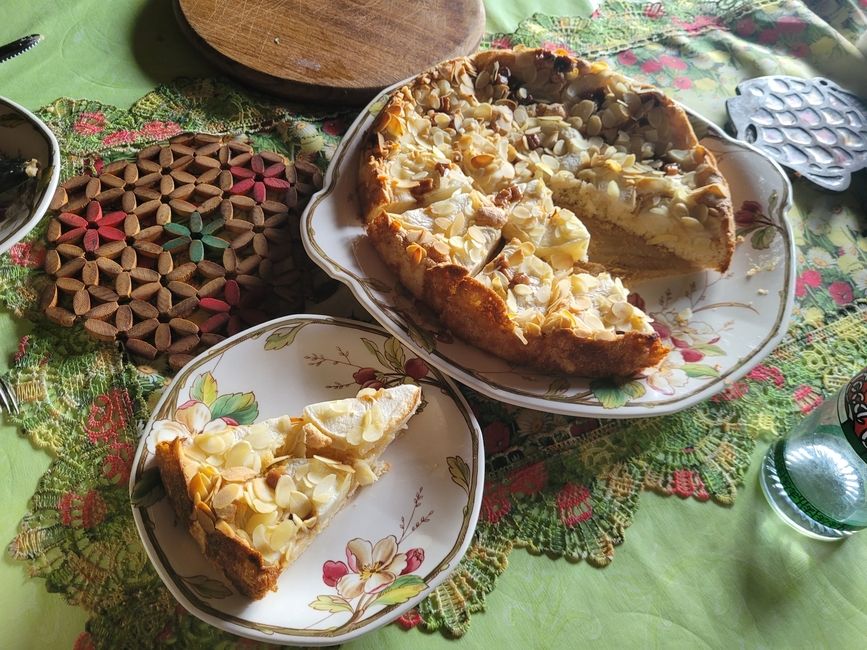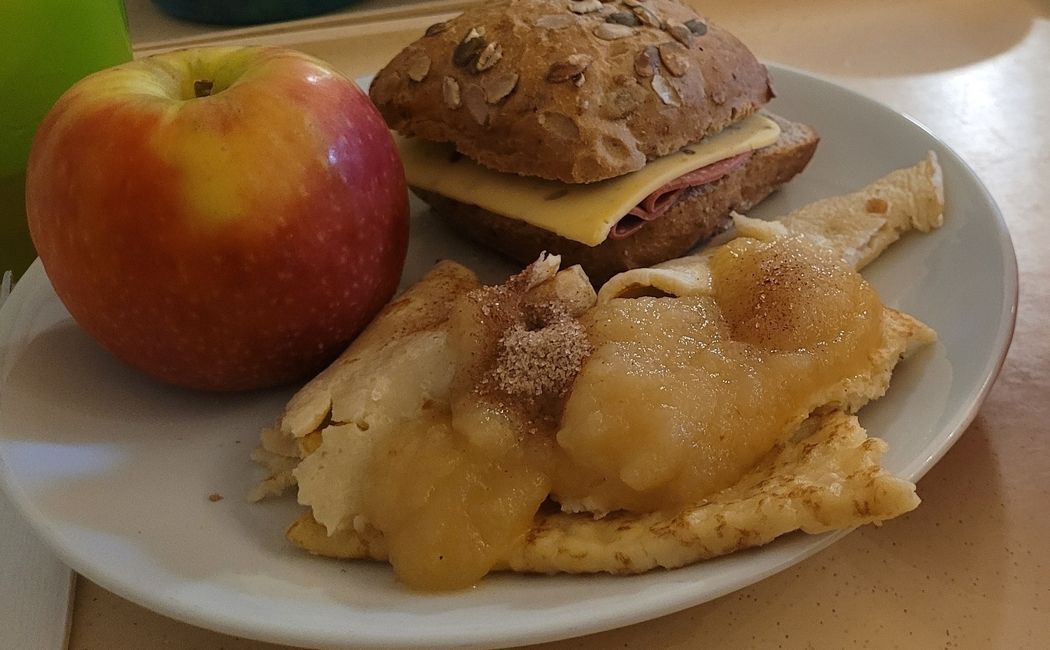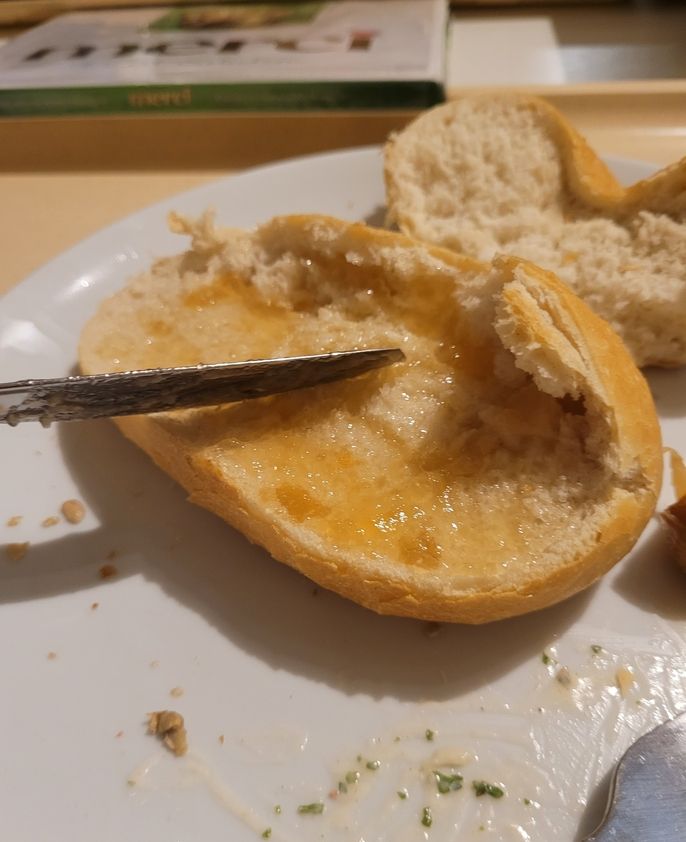How 'Bout Them Apples?
Thomas is an American student studying in Germany as part of the CBYX (Congress-Bundestag Youth Exchange) scholarship exchange program.
Germans love fresh fruit.
Families living in small towns will commonly grow bushes of raspberries or take care of peach trees. Front yards are covered in flowers to help attract pollinators. Once ripe, the fruit is eaten, turned into jams, and made into juice. It is shared with friends and taken to farmers' markets.
For their part, my host family grows apples.
I walk out into the crisp autumn air. Step by step, I cross the wooden porch deck. My footsteps scare off the neighbor’s cat, who often lounges about in our garden. All around me, leaves fall, dusty orange and brown. My foot hits dirt, and I duck under a twisting branch. Returning to full height, I'm now face to face with a bunch of apples. Looking them over, I make my choice. The apple I want is red, unbruised, and looks ready to fall any day now. It’s also just a little too high for someone my height. I reach out, twist slightly, and pluck the red fruit, wobbling a little – and nearly falling over – much to the amusement of the elderly man who lives next door. He watches from his porch. Only mildly embarrassed, I walk back inside and wash off the apple. Raising it to my lips, I take a bite. "Lecker!" ("Yummy!")
"Apfelmus" is German applesauce. Unlike the packaged preservatives found in the U.S., it is commonly homemade (and always delicious). Best with a pinch of cinnamon, it is the preferred German topping for “Kartoffelpuffer” (potato pancakes).
I'm handed a knife and instructed on proper apple-cutting procedure. We begin to cut: peeling, coring, and dicing apples. I try to work fast, but I'm quickly outpaced by most host parents, who can each cut three in the time I take for one. Still, I get faster over time, and by the fifth apple, I'm going (almost) as fast as them. We sweep the edible parts to the side; later, they'll go to the horse, Hatscha. Once finished, my host mother gathers up all the apples and dumps them in a pot of water. Set to boil for a couple of hours, they will soon become something delicious.
Most certainly, Germans love everything baked. Not only does each grocery store contain a huge section of fresh pastries, but a "backerei" (bakery) can be found in almost every town. Additionally, there are also the dishes you make at home!
The kitchen is tinted orange by the glow of the oven. The smell of cinnamon is intoxicating. My host mom enters the kitchen, a whirlwind of activity. She hands me a can of cream, a bowl, and an electric whisk. I go to work; the humming noise of the whisk bounces off the tiles of the kitchen backsplash. German whipped cream – “sauna” – is different from that in America; the texture is thicker, but it's less sweet. A single scoop is enough to balance out the sweetness of a dessert and add new complexity to a dish. Once the cream has risen to fill the bowl, I take it to the table. One by one, the other members of my family arrive. At last, so does the cake!
Related Posts

Work-Life Balance: The Difference Between Germany and America
Someone told me that the biggest difference between American schools and German schools is that American schools have culture.

Fall Break: My Intro to German Theme Parks
We scan our tickets and walk through the turnstiles. This ain't Disney; we're in Europa Park.

It’s Beginning To Look A Lot Like Christmas in Germany
At long last, the snow has arrived here in Bavaria.



